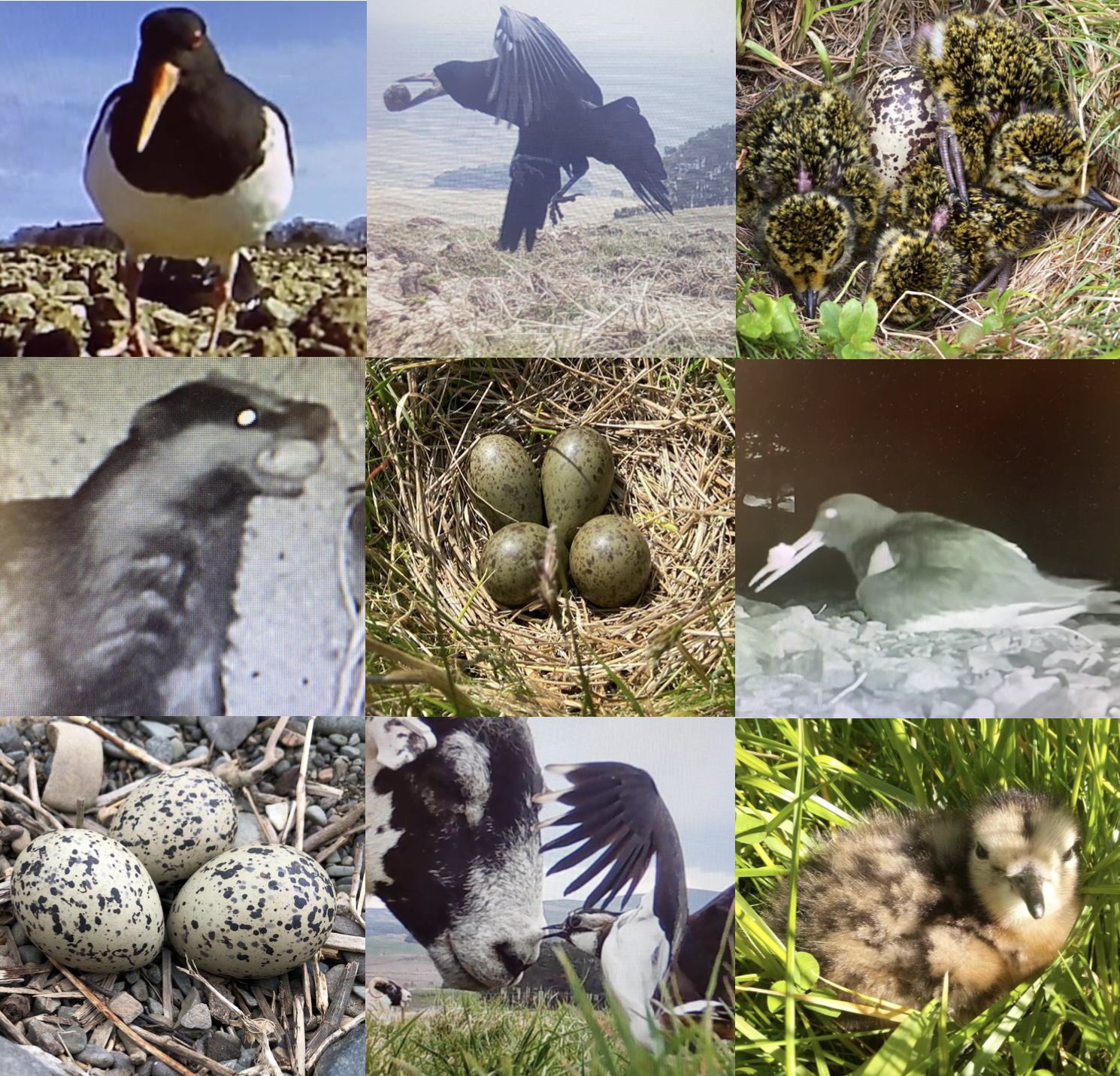Gathering Data - by Patrick Laurie
When Working for Waders was first established in 2017, the initiative relied upon a balance of compromise between research and practitioner knowledge. Throughout projects which preceded Working for Waders, farmers and gamekeepers had shown that their observations of wildlife were pretty accurate and representative of wider trends – and scientists had conceded that the best laid plans for conservation needed a grounding in pragmatism and practicality. By working together, the idea was that everybody could bring something different to the table – and that through collaboration and compromise, everybody could help to reverse long-standing downward trends for wading birds like lapwings and curlews.
One of the main ways this approach is still being upheld today is in the way Working for Waders routinely enlists help from land managers to gather data and improve our understanding of how wading birds are faring across Scotland. Not only does this allow farmers and gamekeepers to feed into studies which break new ground in wader conservation – it also sheds new and previously unimagined light the day-to-day reality of life for waders.
The most celebrated strand of this work is in our nest camera project, which has spent the last few years training people to set and run motion-activated cameras at wader nests. This had been done before, but never at any scale or with the help of many participants. Over the last five years, the nest camera project has been involved in setting cameras and recording information about almost two hundred nesting attempts, from Shetland to Galloway. This effort has shed some extraordinary light on wader breeding success, from midnight raids from badgers to damage and depredation caused by nosy sheep; we’ve had cameras smashed and cut up by agricultural operations, and we’ve also followed some extraordinary records of waders nesting in trees… which is very much not the normal course of events!
Every time a camera is set, another record is formally uploaded and analysed by scientists at the British Trust for Ornithology, and the data is added to an ever-growing store of evidence and information about wader conservation. When the project started out, we had almost no hard and incontrovertible evidence of wader nest predation – now we have lots, and this is helping to shape wider conversations about the importance of predator control. It’s also feeding into discussions about predators which are currently designated as protected species, including badgers and pine martens. It will take an awful lot more research and study to explore these issues, but the conversations are now “live”.
If you’re out and about in wader habitats this spring, please think about setting a camera near a wader’s nest. We’ve produced a huge amount of guidance regarding how this can be done safely and effectively, and we’re always happy to provide extra help to people who don’t feel confident. The more detail we can gather – the better… so if you can help to contribute information to Working for Waders this spring, please feel free to get in touch with us!

